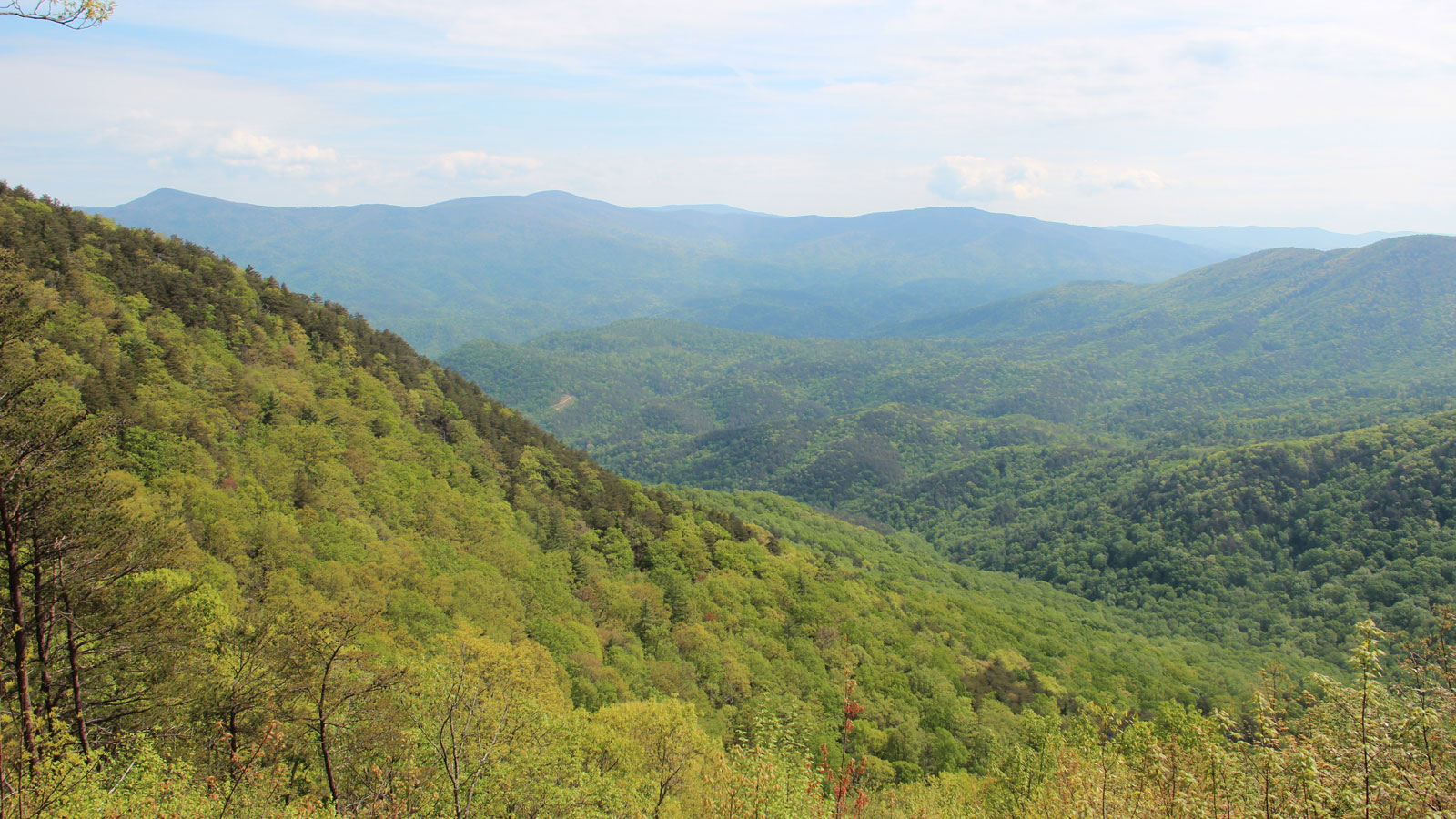More than 200 million acres of forested land span the Southeastern U.S.
But Leslie Boby of Southern Regional Extension Forestry says increasingly extreme weather poses risks to trees.
“For example, Hurricane Michael hit south Georgia, and you saw wide swaths of timberland just being knocked down,” she says.
Increasingly intense wildfires can also damage large areas of forest. Warmer temperatures can contribute to pest outbreaks and disease. And more frequent droughts can stress trees.
Most forested land in the Southeast is privately owned by families and businesses who harvest at least some of their trees for timber. So Boby’s group helps teach landowners strategies for protecting their trees — and their investments.
For example, she says thinning forests can reduce wildfire risk, and increase the water and nutrients available for the remaining trees.
“What it comes down to is that sound forest management practices will go a long way towards mitigating the impacts of climate change,” she says.
The benefits are more than financial. Trees absorb and store carbon, clean air and water, and create wildlife habitat. So Boby says preserving and sustainably managing forests can pay off for landowners and the environment.
Reporting credit: Sarah Kennedy/ChavoBart Digital Media
Source link


